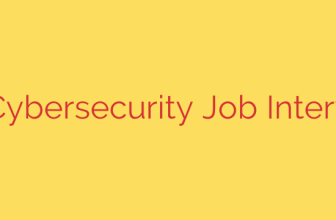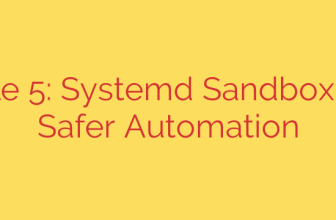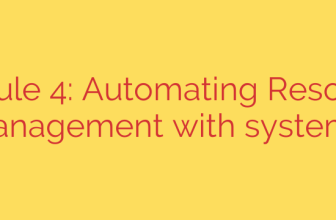
The New Frontier of Cloud Security: Why Identity is Your First Line of Defense
As organizations accelerate their migration to the cloud, the complexity of managing security has grown exponentially. Traditional security perimeters have dissolved, replaced by a dynamic and sprawling ecosystem of applications, data, and infrastructure across multiple cloud providers. In this new landscape, a critical truth has emerged: the most significant vulnerability is no longer the network, but the identities operating within it.
Managing who—and what—has access to your critical cloud resources is the cornerstone of modern cybersecurity. Without a firm grasp on identity governance, even the most sophisticated defenses can be bypassed.
The Hidden Risks in Your Cloud Environment
The scale and speed of cloud operations create unique security challenges. Every new service, application, and user adds a layer of permissions and entitlements that are incredibly difficult to track manually. This complexity often leads to dangerous, yet common, security gaps.
The primary concern is the rapid proliferation of permissions and over-privileged accounts. It’s easy for developers and administrators to grant broad access for convenience, but these permissions are often never revoked. This creates a massive attack surface where a single compromised account—whether human or machine—can grant an attacker sweeping access to sensitive data and infrastructure. Gaining visibility into this web of entitlements across platforms like AWS, Azure, and Google Cloud is a monumental task.
Securing More Than Just People: The Challenge of Non-Human Identities
A comprehensive identity security strategy must extend beyond human users. Today’s cloud environments are powered by a vast number of non-human identities, including service accounts, APIs, applications, and automated scripts. These machine identities often have extensive, persistent permissions and are frequently overlooked by security teams.
Compromised non-human identities represent a stealthy and highly effective vector for cyberattacks. Because they operate behind the scenes, their credentials are often hardcoded, rarely rotated, and lack the oversight applied to human user accounts. Securing these identities is no longer optional; it’s an essential component of a robust cloud security posture.
Core Pillars of Modern Identity-Centric Cloud Security
To effectively manage these risks, organizations must adopt an identity-centric approach that provides deep visibility and intelligent control over all access. This modern strategy is built on several key capabilities:
Complete and Unified Visibility: You cannot protect what you cannot see. The first step is to achieve a single, comprehensive view of all identities—both human and non-human—and their associated permissions across your entire multi-cloud environment. This includes understanding not just direct permissions but also complex, nested access rights.
Enforcing the Principle of Least Privilege (PoLP): Every identity should have the minimum level of access required to perform its function, and nothing more. Advanced identity governance platforms can analyze usage patterns to recommend right-sizing permissions, automatically revoking excessive or unused entitlements. This dramatically reduces the potential damage from a compromised account.
Automated Governance and Remediation: Manually reviewing thousands of permissions is impossible. Modern security relies on automation to streamline access reviews, manage the lifecycle of identities, and enforce security policies consistently. Intelligent automation can detect and remediate misconfigurations or risky permissions in real-time, closing security gaps before they can be exploited.
Continuous Monitoring and Threat Detection: The cloud environment is never static. Continuous monitoring is essential for detecting anomalous activity, such as an identity accessing a resource for the first time or performing an unusual action. This allows security teams to respond swiftly to potential threats.
Actionable Steps to Bolster Your Cloud Identity Posture
Strengthening your cloud identity security is a critical initiative that provides an immediate return on investment by reducing risk. Here are a few practical steps to get started:
- Conduct a Full Discovery Audit: Begin by mapping out all human and non-human identities and their current entitlements across your cloud infrastructure. This initial inventory will likely reveal significant areas of over-privilege.
- Prioritize High-Risk Accounts: Focus your initial remediation efforts on accounts with broad administrative access or those tied to critical applications and data stores.
- Implement Just-in-Time (JIT) Access: Move away from persistent permissions. Grant temporary, elevated access to users and services only for the duration needed to complete a specific task.
- Automate Access Certifications: Implement a system that requires business owners to regularly review and certify who has access to their resources, ensuring that permissions remain relevant and necessary.
Ultimately, navigating the complexities of the modern cloud requires a fundamental shift in security strategy. By placing identity at the center of your defenses, you can build a more resilient, compliant, and secure foundation for your digital transformation journey.
Source: https://datacenternews.asia/story/sailpoint-unveils-cloud-enhancements-for-identity-security








